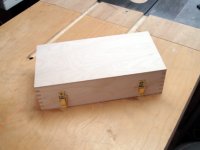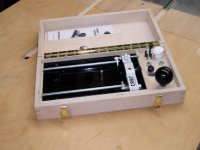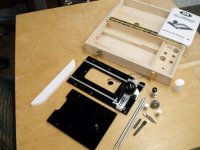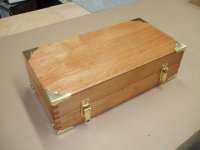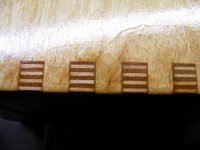I have a 4 base DeWalt laminate trimmer that I was using often as my small router for round overs, etc. But talked myself into getting the DWP611 DeWalt 2 base router kit and now use it for most of my small router chores. The laminate trimmer is nice, but it doesn't have the horizontal holes to attach a fence, so everything depends on a guide, guide bushing, or bearing to guide it. The fixed base of the DWP611 has the horizontal holes for a fence, so I decided to buy one to use with it. The DeWalt fence for it is just a fence, but I was hoping for more capability than that. Then I saw a demo of the M Power CRB7 and it became a "must have". It originally could do 7 different things, so the reason for the 7 in the model number, but they have come up with a few more uses and options for it since it's release. The DWP611 and CRB7 are now my favorite combination for most small routing chores now. My only problem was how to keep track of all of the pieces that went with the CRB7, so I built a special box to keep it and all of it's small pieces together.
So far, this has worked out well and I haven't lost anything, yet. The box was all built using scrap Baltic Birch of several thicknesses, with box jointed corners. Yes, it is possible to make good box joints in plywood, if you do it with the right blade and box joint jig (Incra I-Box and Freud SBOX8).
Charley



